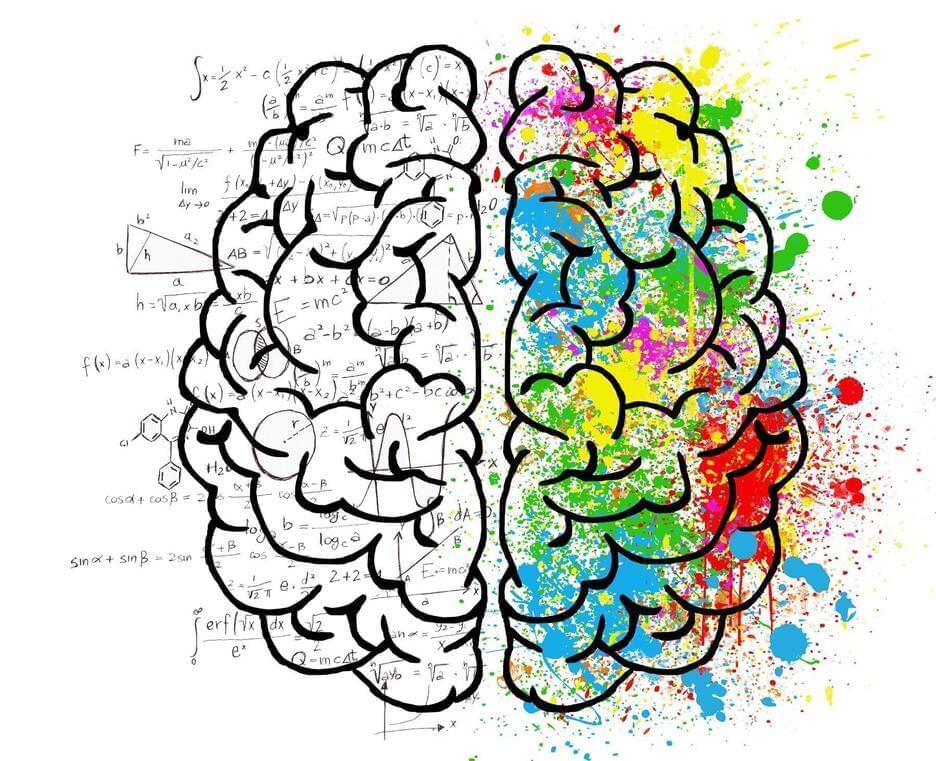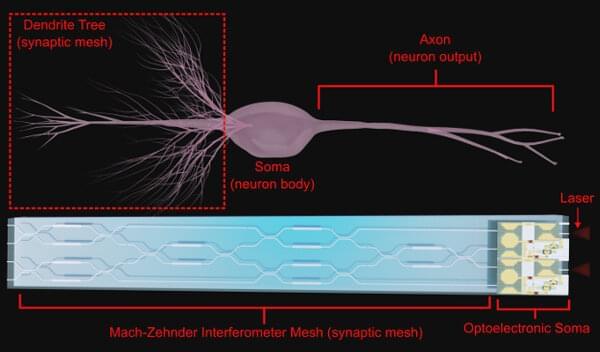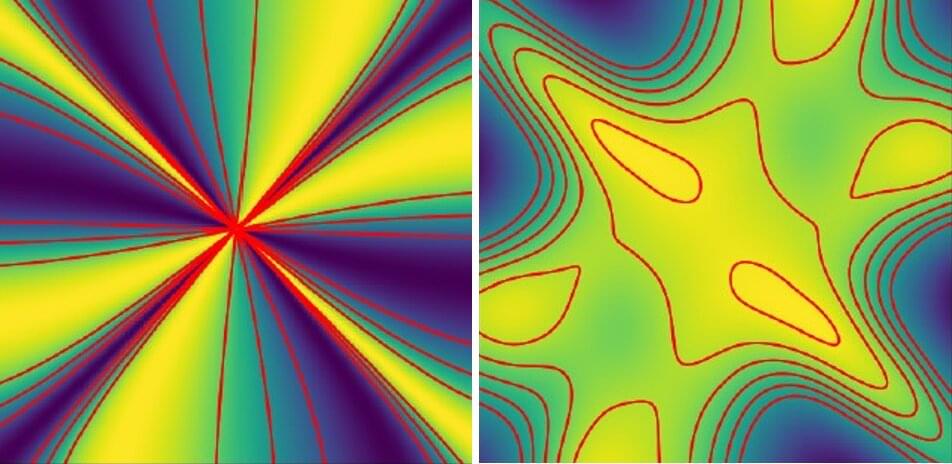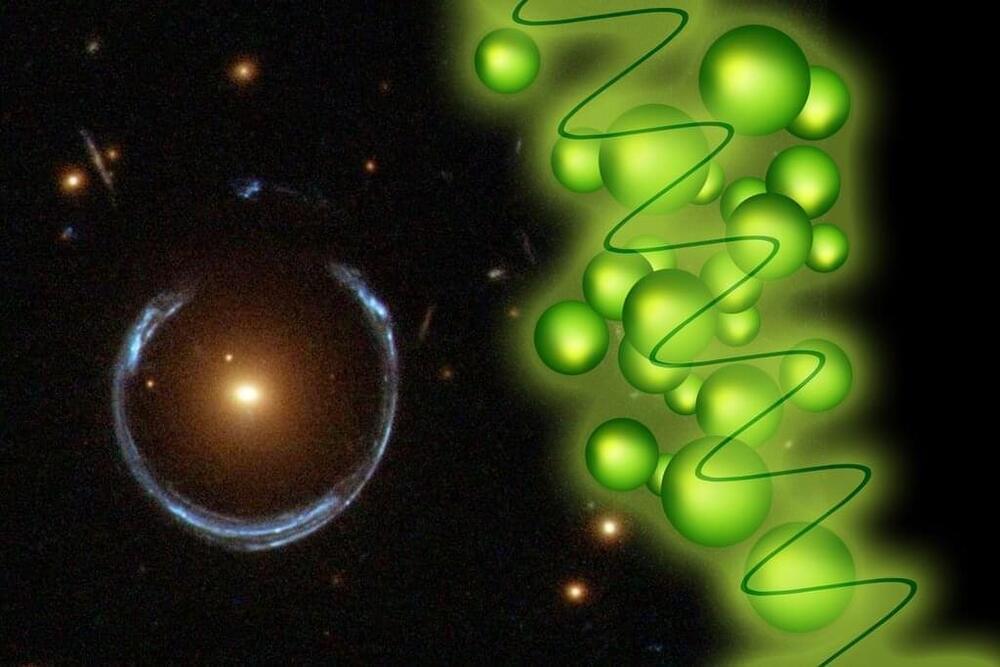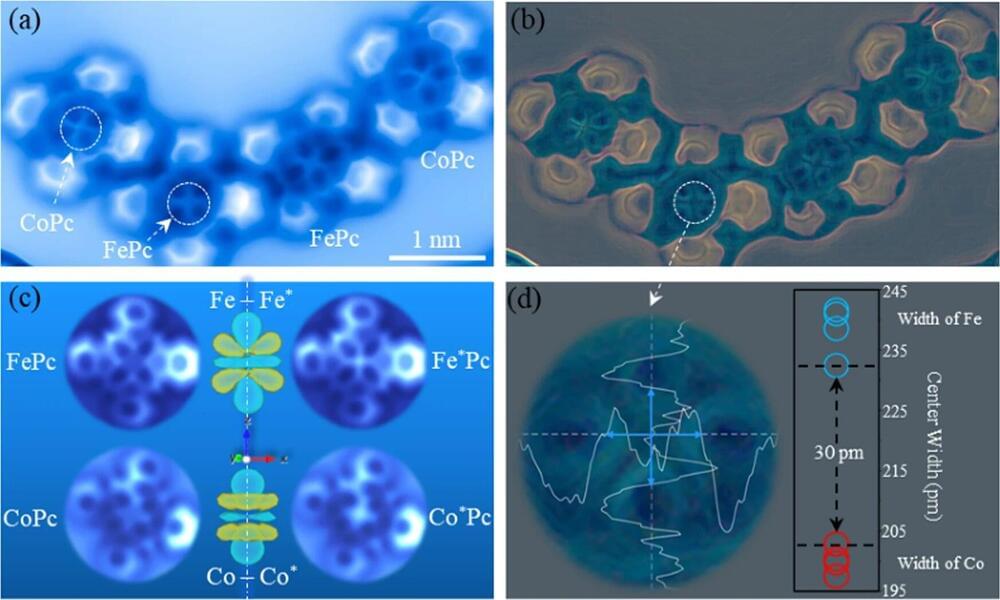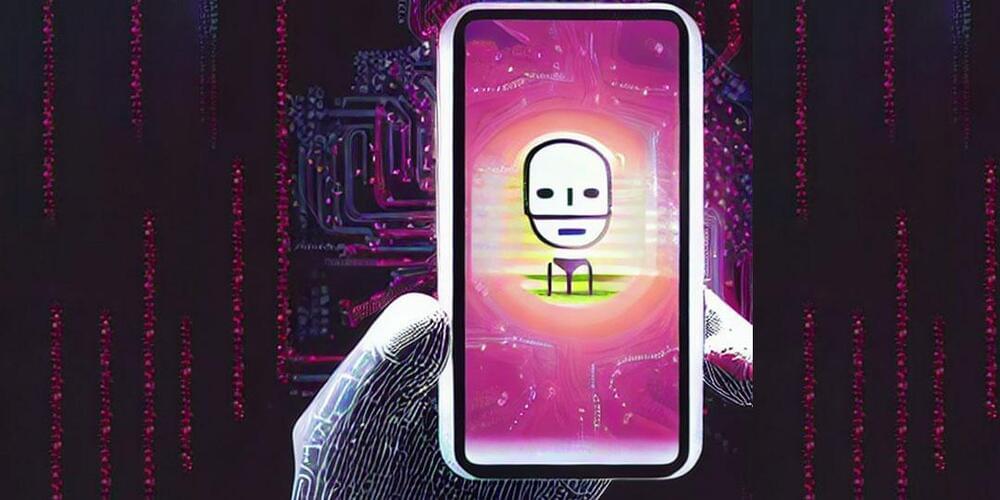In a new landmark study, University of Minnesota research shows surprising links between human cognition and personality—pillars of human individuality that shape who we are and how we interact with the world. Personality influences our actions, emotions and thoughts, defining whether we are extroverted, polite, persistent, curious or anxious.
On the other hand, cognitive ability is the umbrella that reflects our capability for navigating complexity, such as articulating language, grasping intricate mathematics and drawing logical conclusions. Despite the prevailing belief that certain connections exist—for instance, introverted individuals are often perceived as more intelligent—scientists lacked a comprehensive understanding of these intricate connections.
The research, published in the Proceedings of the National Academy of Sciences, synthesizes data from over 1,300 studies from the past century, representing more than 2 million participants from 50 countries and integrating data from academic journals, test manuals, military databases, previously unpublished datasets and even proprietary databases of private companies.
